16 December 2012
Safari Story: Warthogs in the Camp
22/12/12 13:54 Filed in: Safari Story

They are lovely creatures these warthogs, the wild boars of the bush. They always look funny when they run with their tails up as soon as you stop the vehicle. Do you know why they are always running with their tails up? When warthogs run through the bush or high grass they close their eyes not to get branches and grass in their eyes, but when they close their eyes they don’t have enough skin anymore and their tail goes up. …. Well it’s an African tale, but one wouldn’t be surprised, if it would be true with these funny animals.
They would actually be great pets and in some bush camps they are living right in the middle of all the guests, but claim their ground, if you come to close. And so they do at Kichwa Tembo in the Masai Mara. A whole family lives in the camp where they feel safe close to humans. But don’t be mistaken, they are wild animals and you cannot touch them neither approach them, they are very particular about their personal space. Yet there is nothing nicer than getting out of the tent in the morning and the first thing you see in front of your tent is a warthog family enjoying the morning sun of a brand new wonderful day in the bush.
So, when you see somewhere excellent warthog photographs, the photographer might have had the opportunity to photograph them just in front of his/her tent. That makes the photographs still great photographs only there is no exciting adventure of spotting them attached.
Happy warthog encounter!
Ute Sonnenberg for www.rohoyachui.com
How to Photograph on Christmas
21/12/12 17:52 Filed in: Photography & Art

Billions of photos will be taken on Christmas around the world, billions of videos will be shot and Youtubed on Christmas and billions of people will look at them and watch the videos. It will be mostly the same objects like Christmas trees, families at their Christmas feasts, families unpacking presents, Christmas decorations, children playing and people partying.
There are only few images taken at such an event that are interesting for a broader group of people (also those who don’t know the people in it) and these images are the ones that enable the viewer to become part of the family he/she is actually not part of in real life, but learns about them in an intimate way through the photographs.
How can those images be taken? First of all just shoot away without thinking too much. Then add to your focus of seeing (not on your camera) “motion” and from there go to photographing “emotion”. Your photographs will gain depth, what makes one keep looking at them and constantly finding new things in them.
This can be applied to any photography, yet Christmas is a good point to start.
Enjoy it and be surprised by the results.
Ute Sonnenberg for www.rohoyachui.com
Surprising Photography: It's Real
20/12/12 19:10 Filed in: Photography & Art
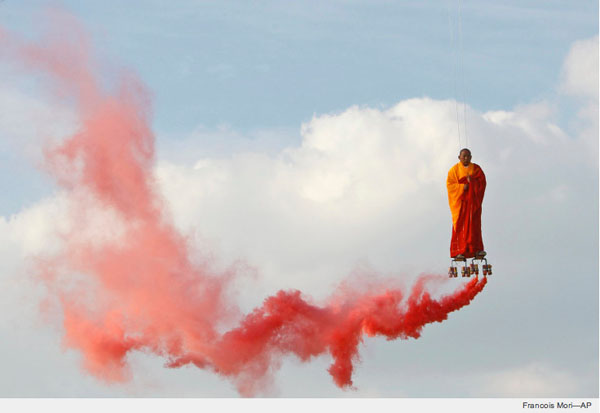
This monk traveling the sky on magic powered, red smoke exhausting, like roller blades looking devices might be very tempting to be thought being photoshopped, but its not. It’s real. This is what the Chinese artist Li Wei performed at La Villette in Paris in March 2012.
And this one, president Obama holding a crystal ball in his hands looking for the future of the world, which could be a typical example for photoshopping, and its not. Also this one is real.
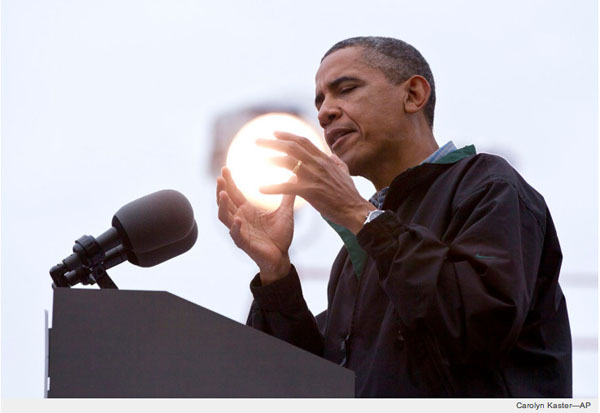
These two images are from the TIME Magazine’s TIME Picks of the most surprising photos of 2012. They are a wonderful example how real moments hold the most beautiful surprises and one only needs to see them, well and press the shutter at the right time. But they are there and it’s again a pure question of seeing.
Keep your eyes open and look for the surprise and captured it.
Happy snapping!
Ute Sonnenberg for www.rohoyachui.com
The Downside of Photo Apps: Instagram
19/12/12 15:51 Filed in: Photography & Art

It was so much fun, snapping away with Instagram, having fun choosing a fancy filter and sharing it right away with your social network. That was almost a year ago and many has change since then.
It started with the photo app getting slower with every update. Somehow they managed to make the app more complicated with the same features. Just so many steps have to be completed and decisions to be made before being able to shoot the next photo.
Then Facebook bought Instagram for an astronomic amount of money and the updates felt more and more like Facebook strategy of tightening up the service for total control and merger with the social network. Now the next step was taken with the new user terms and conditions with as a result a huge outcry of the Instagram users from photo journalists to National Geographic and everyday snappers. Instagram can sell your images without telling you for advertising, and you won’t see any payment, you won’t even know.
It is a very confusing and disturbing matter. National Geographic as paused their Instagram account and might erase it, if the terms are indeed of that meaning. People went onto the streets to protest against it and a whole wave of blog posts is trying to explain what’s going on.
Most worrying is also the mention that the Instagram terms are pretty much the same now as the Facebook terms, which would mean that Facebook can sell you photos without telling you and mostly using them as they wish.
Where is this going? It is like anything people like, enjoy and love is kidnapped, held hostage and abused by greedy powers or going more the psychological path, narcissistic powers?
Read more about it in the listed blog posts below:
Instagram changes terms of service, but will pro photographers flee anyway?
Insta-gone?
No, Instagram can't sell your photos: what the new terms of service really mean
Why I Quit Instagram
Instagram Clearly Hates You, So Quit
New Terms of Use for Instagram: Selling Your Photos Against Your Will
Why Instagram is Great for Photographers, and Why You Shouldn’t Use It
Facebook Poisons Instagram For Its Most Valuable Users: Real Photographers
Ute Sonnenberg for www.rohoyachui.com
Paperwork Help to Sell Your Images
18/12/12 17:03 Filed in: Photo Tips
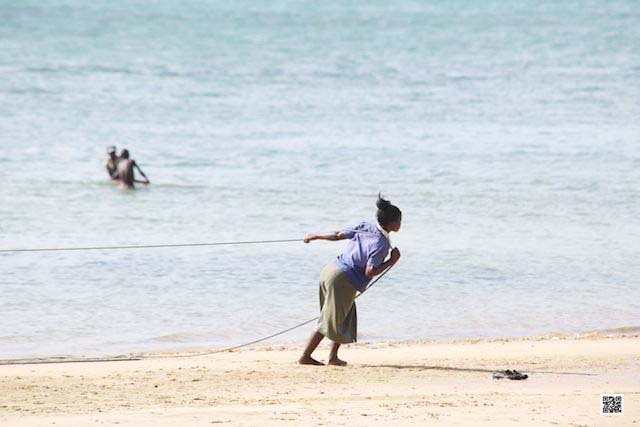
Have you ever been in a situation that you wanted to sell an image, but were unsure if you could, because there were people in it and houses? If you had liked to sell it to Getty Images, they would have told you immediately that you would need release forms to do so. A release form for each person, also miners and for each house would be needed.
Do you have release forms right at your disposal whenever you walk the streets? Probably not and even finding out where to get them can be a mission. At least it could be a mission, but there is help. Getty Images itself provides release forms to be used by photographer who want to submit images to them. And there is also Docracy, a website that provides all relevant forms for photographers, put together by professional photographers in the United States. Even contracts when you want to work with galleries and other really important forms are available on their website to make your life easier and safe with regards to your rights and a proper payment.
You might want to consult an attorney anyway, but the forms make you already wiser for the conversation with the legal professionals.
And now the probably most difficult part of having the forms with you whenever you are out to snap away. You will really not find that person ever again you just snapped at the park, just let the person sign the form and you are safe when selling the image.
Think practical and make it easy for yourself.
Happy snapping and selling!
Ute Sonnenberg for www.rohoyachui.com
Photo Gift Hunting made Easy: Xmas Last Minute Specials
17/12/12 13:25 Filed in: Technology & Gadgets
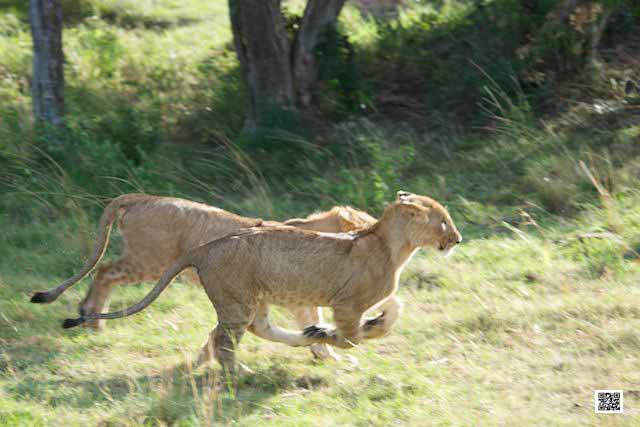
In case you don’t have all the Christmas presents yet and the cameras and electronic gadgets were just too expensive, then your time has come now.
You can purchase the Nikon D600 with 24-85mm lens now for under USD 2,000. Check it out on Amazon, B&H Photo or Adorama.
And an event that is just right before Christmas visit the Amazon 48 hours Overstock Event and get great deals.
Happy gift hunting!
Ute Sonnenberg for www.rohoyachui.com
Travel Memories 2008: On Safari in Africa - Day 16
17/12/12 12:14 Filed in: Travel & Inspiration

We heard baboons alarming the whole night. We thought the lions must still be there then and we went straight to the spot where we saw the lioness. Nothing. Paul checked other roads he thought they might have crossed, but nothing. They were gone or deep in the bush.
So we drove over to Mzima Springs, a beautiful lake and drinking water source. They built some kind of a tower in the lake where one can see the fish swimming and look just above the waterline like a hippo. A lovely place and Paul took the chance while staying there to clean our vehicle from tsetse flies. He was not very patient and focused this morning and I heard later that a family member wasn’t well and he was worried. Next to that we had to go to the main gate to recharge our smart card to be able to pay the park fees. Still a consequence from the mixed up itinerary.
We tried to leave worries and annoyance behind when we headed out for the afternoon game drive and we got rewarded. Three klipspringers were playing around on the rocks just next to the road. That was a rare and awesome sighting.
That night I woke up and was afraid. Chewing noise very close to my tent and very loud. I thought this must be something big and my new tent was very small, 1,50 m x 1 m and 70 cm high. I was lying there thinking, if this something big steps on my tent I’m gone, but I told myself too that there was a little roof above the tent and that would prevent an animal from stepping on the tent. I fell asleep again and heard the next morning that it was a giraffe.
Ute Sonnenberg for www.rohoyachui.com
An Elephant Story: Love and Care
17/12/12 12:13 Filed in: Travel & Inspiration
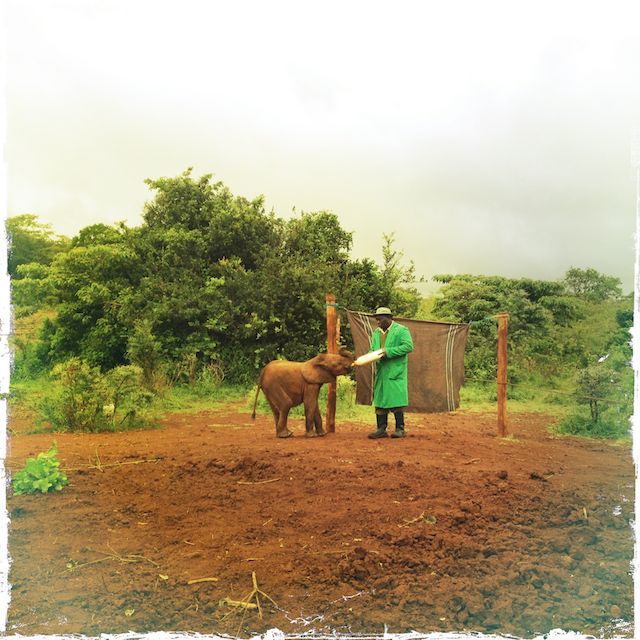
There is a place in Nairobi where elephant orphans find a safe home and get all the help to have eventually a normal wild elephant life in the bush. This place is the David Scheldrick Wildlife Trust Elephant Nursery. The elephant nursery in Nairobi is located at the Nairobi National Park, only 10 minutes away from the closest supermarket in the suburb Karen. Nairobi’s great nature environment gives home to orphaned and rescued elephants where they are hand reared with lots of love and care.
Daphne Scheldrick developed a special milk formula to get the babies through the critical first months of their life. 24/7 care by the Keepers and a meticulous nursery program make it possible that many traumatized and vulnerable elephant babies can eventually have a normal life within a wild elephant herd in the fantastic 12,000 square kilometers huge Tsavo East National Park in Kenya.
It is an amazing program and as a tourist one can get a glimpse by visiting the nursery for feeding time at 11 a.m.. The entrance fee is KSH 500, which is about 5 Euro and the money is spend entirely for the wellbeing of the elephants. The nursery allows insights how the Keepers live and sleep with their elephants and of course absolutely lovely photographic opportunities during the feeding time with immense big bottles.
Read more about the program on their website and put it on your to-do list when visiting Kenya.
Ute Sonnenberg for www.rohoyachui.com
http://www.sheldrickwildlifetrust.org/